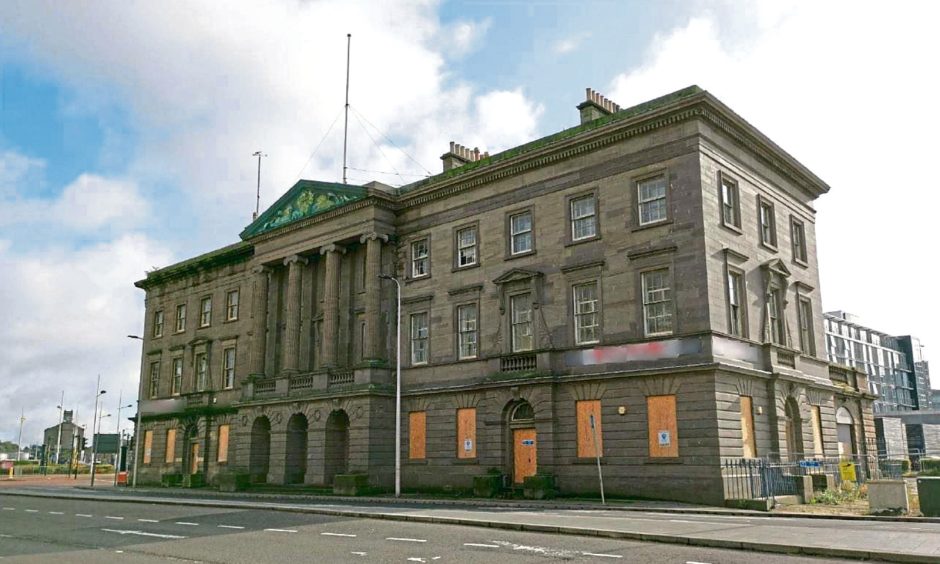
Mould spores cling to rotting walls and ceilings, and the smell of damp pervades.
A tin of brown paint, its contents spilled, lies drowned in its own pool.
Strips of lank, defeated paper droop from walls, exposing the plaster and brickwork behind it.
Paint flakes from once majestic wooden doors, and planks of swollen, rain-soaked chipboard languish in corners.
A clock near the entrance ticks – it’s almost on time – and I wonder if it’s been here since the place was abandoned in 2008.
Inside abandoned 1840s Dundee mansion Custom House
As I wander the lonely, rubble-strewn corridors, I hear the flap and coo of pigeons who have made the derelict 1840s mansion their home.
Shafts of sunlight burst through windows that haven’t been boarded up, and I pause to drink it all in.
There’s a sad, desolate beauty here, but there’s also a sense of hope.
The Custom House on Dock Street, originally the base of Dundee Port Authority, is on the market, and planning permission has been granted to convert it into luxury apartments.
The property retains a wealth of historic internal features, including fireplaces, oak panelling, an ornate vestibule hall, and a stunning internal staircase, which Historic Environment Scotland has said is its most important feature.
It was previously used as a TV studio and an office building but has been empty since 2008 and joined Scotland’s Buildings at Risk register in 2009.
Bold transformation plans for Custom House
The firm which planned to turn the landmark waterfront building into 20 flats – and construct two new buildings, providing a further 29 apartments – appointed liquidators in June.
Dundee-based property developer Alicydon Limited had begun the early stages of the development, but cost overruns meant the company had to cease trading.
Ken Pattullo and Kenny Craig of Begbies Traynor took the helm as joint provisional liquidators, and are on a mission to salvage the project.
Exclusive access to Custom House
I was given exclusive access – and shown round the derelict premises by director Paul O’Donnell.
It was an eye-opening, somewhat eerie, experience.
As a fan of all things derelict and abandoned, I was in my element as I drifted through the property’s myriad draughty rooms.
The adrenaline rush when I first walked in, the excitement at what I might find, and the sense of nerviness were almost overbearing.
I had so many questions. What went on here? How had this magnificent place fallen into disrepair? Who marched along its corridors? Who warmed themselves in front of these huge fireplaces? What was it like in the 1840s? Or indeed in 2008?
I took photos of the interior, but unfortunately, they can’t be published at this stage.
Let’s hope a new owner can quickly be found for what is one of Dundee’s most iconic buildings.
Many are obsessed with the abandoned
Highlands-based author Cal Flynn is, like me, utterly obsessed with abandoned places.
Her 2021 book, Islands of Abandonment, saw her explore “ghost towns and exclusion zones, no man’s land and fortress islands” – including Chernobyl and Orkney – and looks at what happens when they’re reclaimed by nature.
I ask what it is that so draws her to such places.
“I’m really interested in the aesthetics, and the effects these abandoned or ruined places can have on the people that visit them. I think they have a really strong psychological impact,” she reflects.
“Abandoned places put your nerves on edge – that’s as much of the appeal as anything else.
“They’re also often very beautiful in unexpected ways. You might have ivy crawling up the walls, leaves gathering in corners, or the flaking of paint in a thousand different patterns.”
Exploring is ‘tinged with anxiety’
Exploring an abandoned place is tinged, says Cal, with anxiety and adrenaline. There’s the worry you might be caught, and the fear of danger.
“Sometimes you go in and the foundations are damaged, the beams are rotting, or the floor’s got a trapdoor through it.
“There’s a constant interplay between caution and pushing yourself to be brave.”
One of Cal’s strangest experiences was being dropped off by a boatman on the eerie, uninhabited Orkney island of Swona.
“To begin with it was just about admiring flowers, listening to birds and walking round,” she recalls.
“There are nine ruined buildings in different stages of dereliction. One’s a skeleton of a building that cattle use as a shelter.
“It’s green all over; it’s got algae all over the stonework. It’s flooded with slurry.
Nightmarish scene on Orkney
“Another is in quite good nick,” she continues.
“It has this almost perfectly preserved kitchen, but it looked like a huge monster has been rolling over and ruining the floorboards in the living room.
“Water had come up from below, lifted the planks, and scattered them around. It was a nightmarish scene! But upstairs it was timber-lined and beautiful.”
Cal bravely opted to stay the night but admits the experience made her feel nervous and “sort of queasy”.
Sleep didn’t come easily – she was up all night listening to the sounds of “animals” in the walls and ceilings.
“One upstairs bedroom had the bones of a metal camp bed, but no mattress,” she says.
“I put my camp mat on top to keep me off the ground because I could see lots of mice. It was quite secure but I felt very uneasy.”
Was she frightened being there, all alone? Did her imagination run riot?
“The idea of other being people being on the island did unnerve me,” she admits.
“The boatman said there was a tent inside the building I could use. When I got there, it had gone.
“If I’d known who had been there, and when, it wouldn’t be frightening, but the idea of unknown people moving through the space was pretty unnerving.”
Abandoned buildings can be ‘weirdly picturesque’
Another memorable experience was exploring an old croft house in Orkney that Cal describes as “weirdly picturesque”.
“It had a standing piano,” she recalls. “The wood had come away from it which meant the keys and strings were visible.”
She was also charmed by rotting old armchairs, where the outside had “melted away”, leaving only springs.
“You rarely see that process – of how things rot away – and it can be strangely beautiful,” she enthuses.
“There’s a sense of nature being full of opportunists – the idea anything discarded can be useful to something else.
“I recently went down into an old ammunitions store dug into a hillside and saw nests made by house martins in a tunnel entrance.
“It’s a place you’ll see moss growing, or butterflies hibernating. It’s safe for them, a place they won’t be disturbed.
“I like the idea that something that might seem a waste is often re-purposed, or reinvented by other species.”
My question about any horror discoveries seems in bad taste, but I go ahead and ask anyway. Any dead bodies? Or evidence of such?
Cal laughs: “Luckily, never! But I’ve found bodies of animals. They’ll often go somewhere quiet to die, so you have to be prepared for that.”
Vandalism puts off some long term explorers
Lochore-based photographer Lynn Smith has spent years researching abandoned buildings online and travelling for hours to reach them.
However, saddened to find many of them vandalised and fire-damaged, she’s been heading out less.
“I explore these places to capture photographs which document and help keep the history of the building alive,” she explains.
“I’ve visited places that are merely a shell, with nothing much inside to photograph.
“But there’s something poignant about walking into an abandoned building to discover the occupants’ personal belongings left behind, as if they walked out one day, and never returned.”
Online guide for abandoned Scottish places
Bro Betty, one of the brothers who founded online guide SPiS (Strange Places in Scotland), is super-passionate about abandoned places.
“I love trying to imagine what they were like back in the day,” he says.
“The best finds are always unexpected. You get lost down some old forgotten road then stumble upon a beautiful abandoned building left to rot.”
Arbroath-based Bro says he loves finding strange staircases that “lead to nowhere”.
He adds: “Sometimes, when you get home and do some research, you discover an abandoned house was the scene of a family scandal, a brutal crime, or the most haunted building in Scotland.”
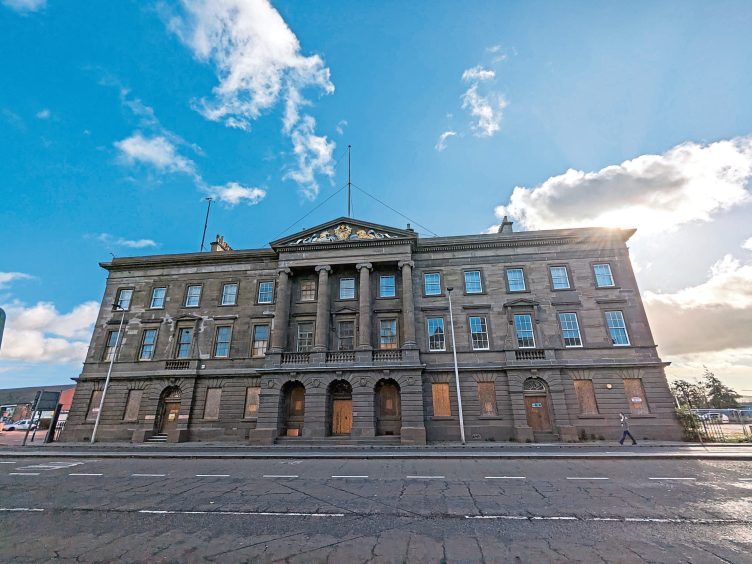
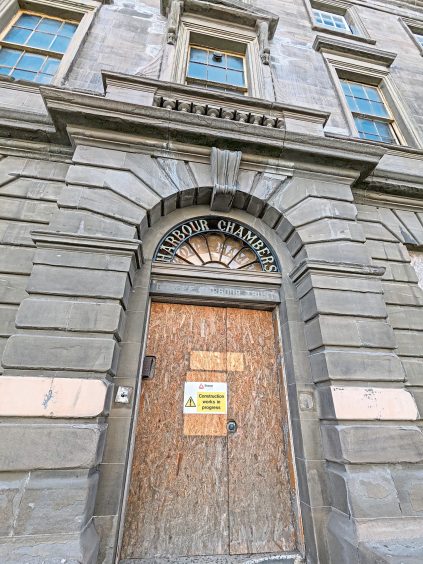
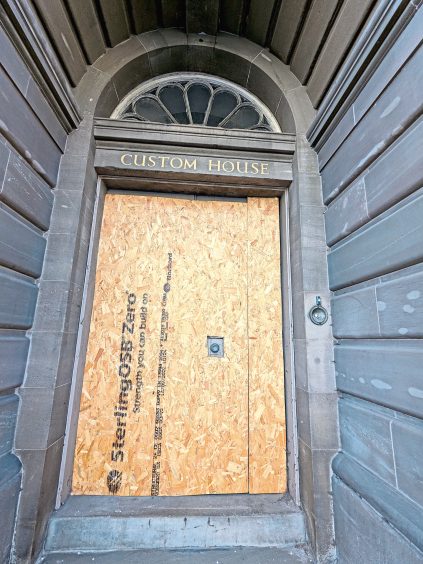

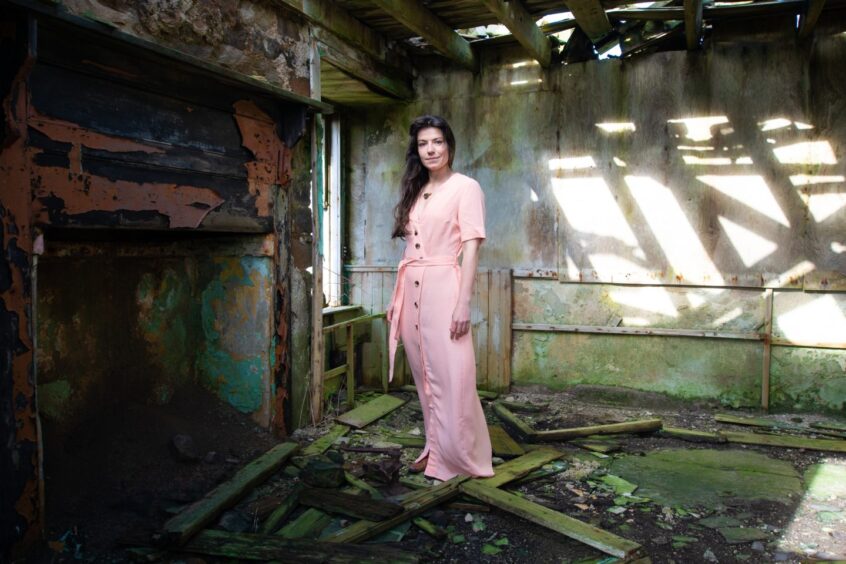
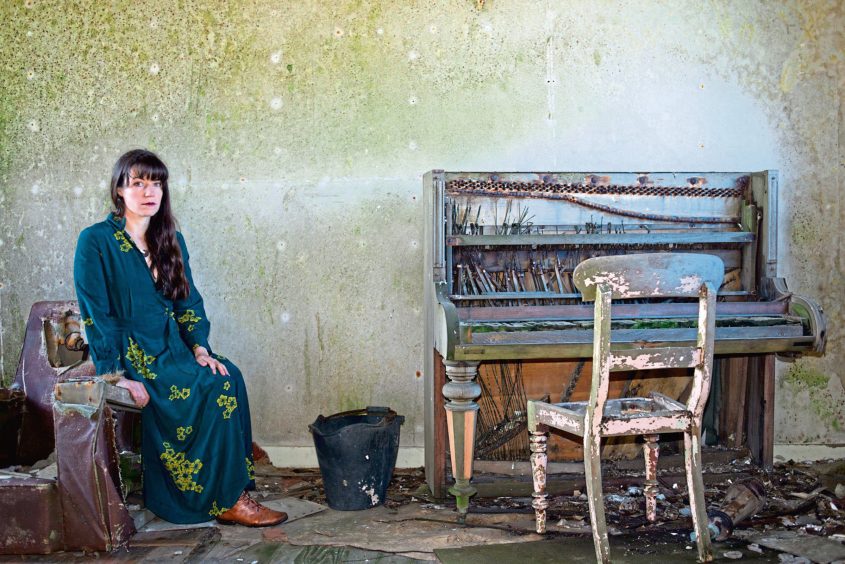
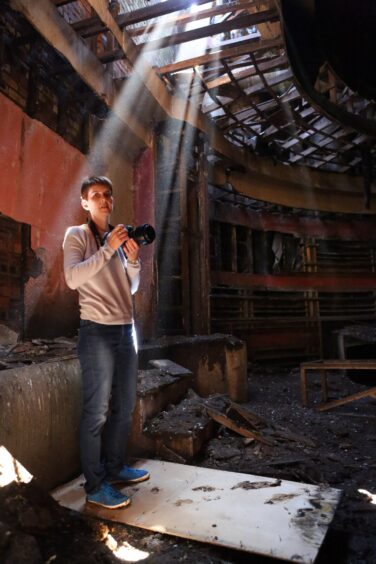










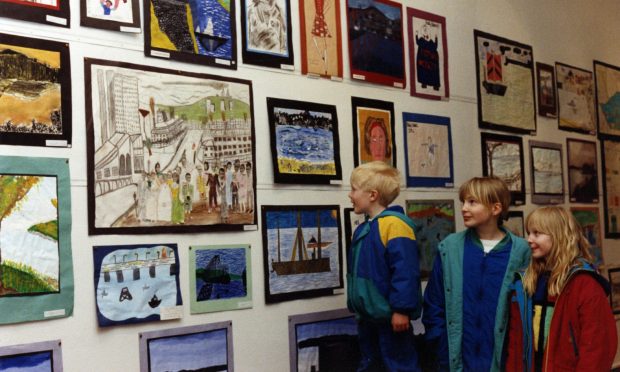
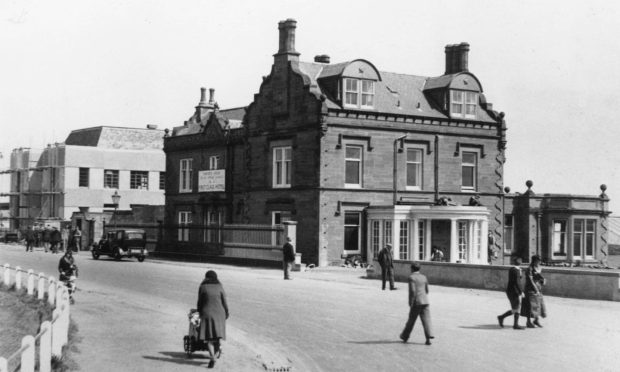
Conversation